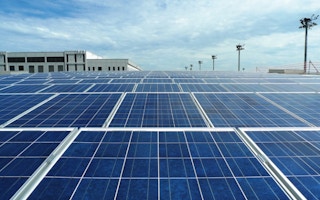PV or photovoltaics is still perceived by many today as a nice but expensive renewable energy source; a highly subsidised luxury for rich nations; or as a token to improve rural electrification in developing countries, also subsidised by multilateral agencies. We praise its great potential and environmental advantages but we regret its lack of economic viability and defer its full deployment to a future date.
For many years, building owners struggled to justify the expense of installing a rooftop PV system, because it would take 20 years or more to pay for itself in electricity savings. PV systems relied on two main justifications:
- To contribute essential points towards a Green Mark award, Singapore’s green building certification. A PV system can increase the Green Mark score by up to 20 points.
- To comply with a company’s global carbon footprint targets.
But rapid changes in the last two years have overtaken these perceptions, and many people are unaware that PV is now commercially viable in Singapore.
Massive increases in global PV module production capacity have driven costs so low in the last two years that a rooftop PV system in Singapore now pays for itself in seven to ten years, depending on system size. This results in an unlevered project IRR (internal rate or return) of 8 to 13 per cent, making PV a very attractive investment and one that needs no additional incentive schemes to justify it.
When Green Mark was the driving factor, even large commercial and industrial buildings needed no more than 300 kWp to achieve their maximum 20 bonus points. It made little commercial sense to add more PV than this to a rooftop. Not surprisingly, there were only three systems larger than this in Singapore by the end of 2012.
But with IRRs exceeding 12 per cent for large systems, building owners will want to maximise the PV they can install on their available roof space. This means that PV systems in Singapore will get bigger, as well as more popular.
Singapore has enough roof space to accommodate 6 GWp of PV capacity, which is enough to meet 15 per cent of projected electricity demand in 2020, assuming today’s per-capita consumption continues.
Thanks to the attractive returns on investment, we expect the installed capacity to more than double in 2013, reaching at least 20 MWp. If this growth rate of continues, Singapore can meet that target within eight to nine years, meaning that PV will soon become a mainstream source of electricity.
Christophe Inglin is the managing director of Phoenix Solar, which specialises in large commercial and utility-scale solar power plants.

















